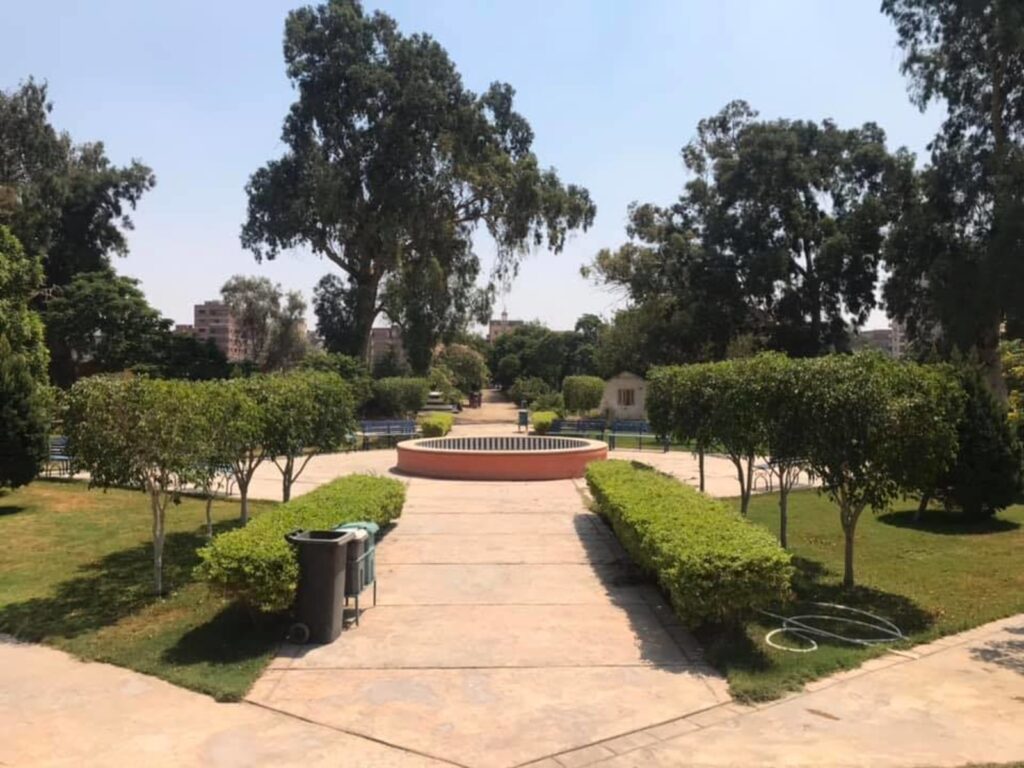Nile Union Academy (NUA) is a Seventh-day Adventist coeducational secondary day and boarding school operated by the Egypt-Sudan Field (part of the current Middle East and North Africa Union Mission [MENA]). The campus is nestled in the middle of 33 acres (13.35 hectares) of orchard and farmland in the village of Gabal Asfar, 10 miles (16 km.) from Cairo, Egypt. Several thousand fruit trees—date, mango, lemon, tangerine, and olive—comprise the orchard, while a large variety of vegetables are grown in the farmland. Students work in the orchard to earn their tuition.
NUA began in October 1954 under the directorship of Yacoub Nashed; 39 boys were in attendance. In 1956, Hugh Cowles succeeded Nashed as principal. A visionary with many talents, Cowles not only spent the next few years developing the farm but also embarked on many other projects to supply the school with enough funds to keep it running. Cowles purchased two large chicken-wire cages with more than 100 hens, as well as a Jersey bull and two heifers to begin a dairy business. Several beehives were also purchased. Eggs, honey, and milk were used for the school cafeteria, and the surplus from all the products was sold. This was particularly helpful for students coming from Upper Egypt as most were too poor to pay their fees.
In 1958, Cowles added agriculture, carpentry, welding, palming for dates, and electrical work to the curriculum. Students helped to construct the beds, windows, doors, and cupboards for the boys’ dorm, in addition to installing the electricity connections and the plumbing. Enrollment increased to 50 students that year, and the school continued to grow.
By the early 1970s, however, Adventist education in Egypt was proving to be difficult. Several factors were contributing to this. The Ministry of Education dictated that only qualified teachers recognized by the government were allowed to teach all subjects. Therefore, mostly non-Adventist teachers were employed. Another challenge was that all of the official examinations required to be taken at the end of twelfth grade fell on Sabbath. From the beginning of its founding, efforts to obtain an exception from the Ministry of Education had so far failed. Because the certificate of completion of these examinations was a prerequisite for college or university entrance, both in Egypt and abroad, this posed a serious, ongoing problem for the graduates who wanted to enter higher education.*
The Egypt Field feared it would have to close NUA, and in 1998 a closure announcement was made. It was later canceled when a new overseas principal from Canada was located. Dwight Rose and his wife, Dona (an English as a Second Language teacher), arrived for the 1999-2000 school year. The school year opened with 31 students and five Adventist teachers, but after that, NUA grew each year until both dormitories were full. In addition, there were many day students who traveled to and from Cairo every school day.
Challenges with the Ministry of Education have continued during the last 25 years, resulting in a denial of government recognition and certification. In 2005, final refusal was given, and negotiations were terminated. To this day, they are not recognized by the Egyptian government.
In order to provide practical skills that students could use in the village, a complex was built in 2008, which provided large classrooms with high ceilings for teaching carpentry, electrical work, welding, metal work, bricklaying, etc. Attendance by this time had reached about 140 students.
In 2015, MENA partnered with the South American Division, and several missionary families arrived from Brazil. They not only had energy and hard work to offer, but financial resources as well. They installed artificial turf on the football field to alleviate the dust conditions during games. They also built three much-needed new classrooms as well as a small gymnasium for weights. Their help throughout the last few years has been immeasurable!
As we look back over the years since Nile Union Academy’s humble beginnings in 1954, we can see that God’s hand has been over this school. Hundreds of young people have walked its halls, studied in its classrooms, have found or strengthened their faith, and have gone forth to serve God in their community and around the world.
This article is from the Encyclopedia of Seventh-day Adventists, which is available online at encyclopedia.adventist.org.
*Walton J. Brown, “Visiting Adventist Schools From Ethiopia to Iran,” The Advent Review and Sabbath Herald, March 23, 1972, p. 17.





